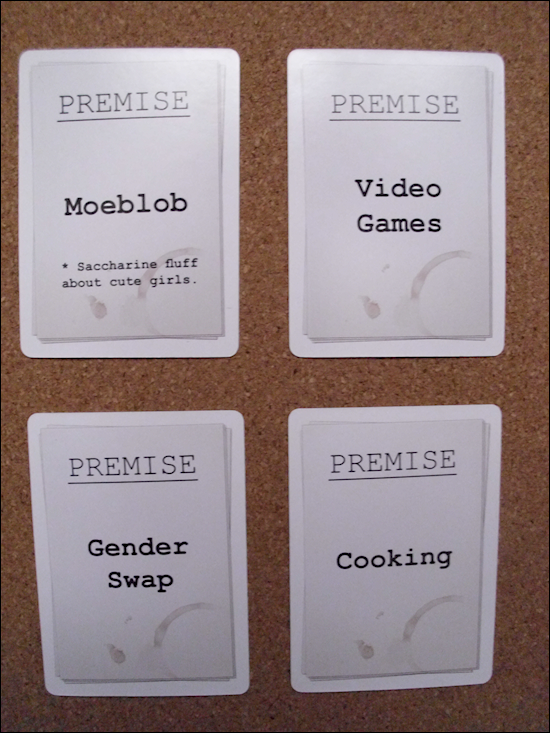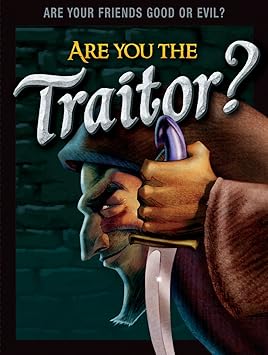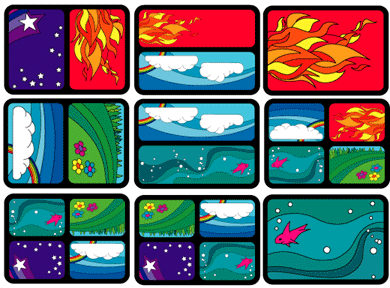
GAME DESCRIPTION: Lords of Vegas is a 2-4 player game published by Mayfair Games. The objective is to build Casinos to gather points. The winner is decided either by who has the most points when the End of Game card is drawn, or if any player manages to get to the end of the board before then.
THE BEGINNING: Play starts by selecting 1 of 4 colors, and placing the appropriately colored scoring counter on the board spot marked 1. Each player than draws two Property cards from the deck. The money on the card determines the total they start with, as well as the first 2 starting locations for each player, determined by placing the markers according to the alphanumeric location on the card (e.g. C4).
LOTS AND LOCATIONS: The game board is divided into 6 separate locations based on letters. Each turn, a location card is drawn, and the player places a marker in that alphanumeric location, defined as that players Lot. For every Lot, each player gains $1M. The player may then spend money to buy a Casino in 1 of 5 colors.

CASINOS: Casinos are how you'll make most of your money and get points. Each turn, you may buy a location equal to the amount located on a location you already own a Lot on, or you may buy another location and place a Casino next to one you already own at twice the price printed on the board. When you buy a property you'll notice a die number printed on the board. That determines what the starting value of your property, and you'll place one of your dice into that Casino matching the number of pips shown. When a Property card is drawn that matches the color of a Casino, you'll gain that much money equal to the number of pips in all matching Casinos, and 1 point per matching Casino.
GAMBLING: Any player may gamble at another players Casino, at a maximum of $5M per Casino. If the player does not roll a matching number according to the boards wager space, they lose that money. If they match a number, they gain that money from that player, with 2 and 12 doubling what they wagered. If the player being bet against cannot pay the bank covers it.
STEALING: If you place a Casino next to another player's Casino with the same color, the player with the highest numbered die now has control over all matched Casinos. All money and points will then go to that player. If you have a die in a Casino or matched group of Casinos, you may spend money equal to the number of pips shown to re-roll all dice in each Casino. You may also pay $5M per Casino to remodel the Casino to change it into a different color. In the case of ties, you re-roll only the highest tied numbers until one player is definitively in control.

POINTS: Each player gains a point times the number of matching colored Casinos when a property card is drawn. However, there are bars of entry starting at 10 points called "Break". To move past a break, you must have enough points to make it past it, with any excess points lost.
WINNING: At the start of the game, the player shuffling the Location cards puts a special card called End of Game in the bottom quarter of the deck. When that is drawn, all points are scored, all money distributed, and the game is over. The winner is the player with the most points, or in case of a tie, the most money. If you have managed to get 90+ points by the end of the game via the scoring system before the card is drawn, that player automatically wins (though this is rare).
CONCLUSION: I've heard this called 'the fair, fun Monopoly', and I get why that comparison exists. Like Monopoly, it can be a ruthless, cutthroat game that the luck of the dice (or cards, in this case) can factor in a huge lead or crushing defeat. But this game can also whiplash any player into making a sudden comeback and cause come from behind victories. It definitely has a strong give and take quality that makes it superior to standard board games. This game is for strong friendships, risk takers, and deep strategy planners.











